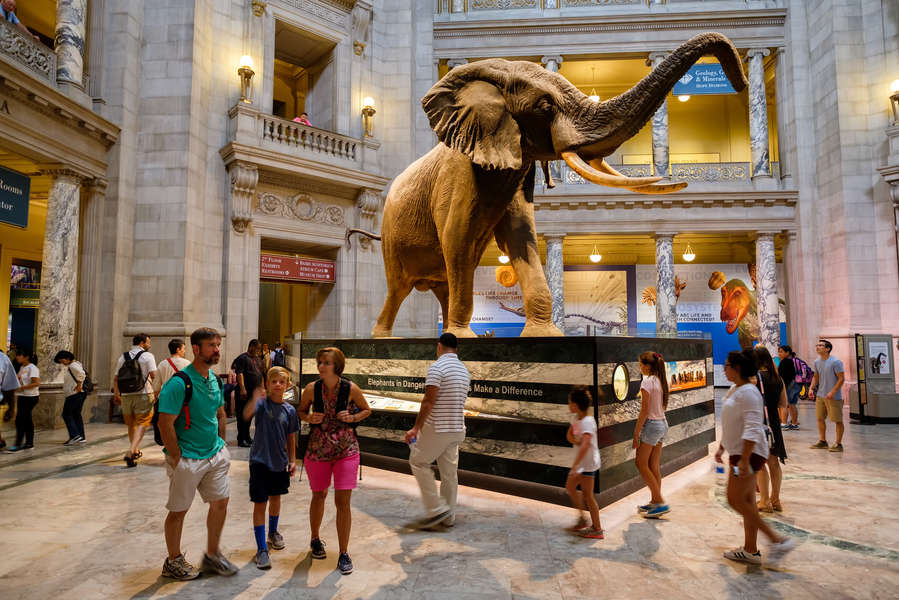As we learned in this module, there are many types of museums. When I think of natural history museums I tend to think of museums that cover a blanket topic for a specific area. They cover topics of animals, plants, land, people, and culture for one place.
Living in Washington, DC for almost a decade gave me premier access to some of the best free museums in the world. I really enjoyed going to museums that focused on one specific topic. The National Museum of the American Indian, the National Museum of Natural History, The Portrait Gallery, The Air and Space Museum, The Spy Museum, and the Holocaust museum. There is a museum for everybody in Washington, DC.
When I think of Natural History Museum I think of it as a good first stop when visiting a place. It will give you the basic info on where you are and is a great launchpad for asking more questions and learning more about where you are. This leads me to think about the concept of regenerative tourism…a term that I just learned about last week.
Regenerative tourism is the idea that people who visit a place are looking to fully embed themselves in the place they are, they want to be able to give back to the place in a meaningful way. For example, tourists in Hawaii are going to enjoy the beach and the sun, but they also want to learn about growing coffee, and are even willing to pay to visit a coffee farm and try their own hand at it. Regenerative tourism is often confused with sustainable tourism. Sustainable tourism is the idea of leaving a place just as good as you found it. Regenerative tourism is more focused on leaving a place better than you found it.
How can Natural History Museums pivot towards providing a regenerative tourism experience? Can they incorporate indigenous voices in a more authentic way? Can they provide experiences that would engage visitors with the community that they are learning about? Can visitors leave a museum and feel a stronger connection to the place and land that they are in?
You can read a little bit more about regenerative tourism in this article titled “The Rise of Regenerative Tourism” published by hospitalynet and written by Alessandro Inversini and Lionel Saul.
https://www.hospitalitynet.org/opinion/4114247.html
After reading the article I have a feeling that regenerative tourism is here to stay. People want to feel good about visiting a new place and they want to feel like they are giving back. Not only do they feel this way but they are also willing to pay more for these experiences. It is now in the industry’s hands to take advantage of this information. All types of museums have an opportunity to extend their reach by providing regenerative experiences.
At a Natural History Museum I think regenerative tourism could look like the museum connecting visitors to local farms, or having local growers come to the museum to give talks and provide family-friendly learning opportunities. Museums can connect visitors to groups doing work in the community, or even just provide the space for local organizations to host meetings, gatherings, etc.
I am excited for this new wave of opportunity for museums and communities! I would love to hear from others in the class what they think could be ways that natural history museums could connect with the principles of regenerative tourism.

Thanks for sharing this new concept with us Maxine! Your ideas are so exciting and very much in line with what most museum “futurecasters” are discussing about the way people (and in particular Millennials and Gen Z) are valuing experiences over material objects – it’s a real challenge for museums who have been 100% focused on objects and specimens for over 200 years!
Focusing on the role museums can play in a community is our first step! Asking what are the needs of the community and by extension, for tourism destinations like Alaska, what are the needs of our visitors, we can perhaps find a new and more invigorating model of providing experiences in a unique space that provides historical and ecological context for all the discussions and activities happening! I look forward to hearing more about regenerative tourism and how we can grow as institutions to fill this need!